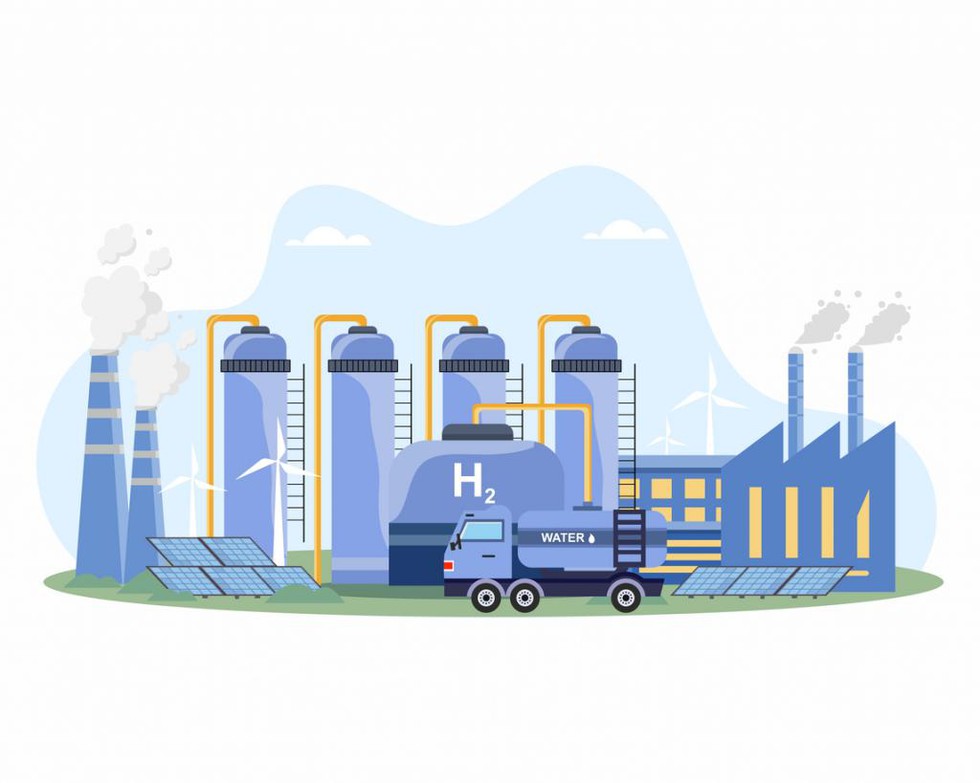India’s economic growth is accompanied by rising emissions, particularly from sectors like power, steel, cement, and fertilisers, which contribute over half of the nation’s emissions.
India’s Climate Commitments
India aims to reduce the emission intensity of its GDP by 45% by 2030 compared to 2005 levels and achieve Net Zero emissions by 2070. It plans to increase renewable energy-based installed capacity in the power sector to 50% by 2030.
Challenges in Emission Reduction
Challenges persist in reducing emissions from hard-to-abate sectors like steel and fertilisers, necessitating exploration of alternative solutions such as green hydrogen.
Green Hydrogen as a Promising Solution
Green hydrogen, produced through electrolysis using renewable energy sources, offers a transformative alternative to conventional hydrogen production methods reliant on fossil fuels.
Electrolyser Deployment and Manufacturing
China leads in both installed electrolyser capacity and manufacturing, while the European Union has seen significant installations. India’s National Green Hydrogen Mission (NGHM) aims to invest in homegrown electrolyser manufacturing infrastructure.
National Green Hydrogen Mission
The NGHM, backed by substantial funding, aims to drive down the cost of green hydrogen through investment in electrolyser manufacturing infrastructure and pilot projects.
Challenges and Solutions
Challenges include ensuring adaptability of initiatives like the SIGHT programme and fine-tuning to attract sustained investment. Solutions involve clear standards, demand visibility, and balancing imports and domestic production.
Sector-specific Initiatives
Initiatives like green hydrogen-based steel production projects aim to reduce emissions in hard-to-abate sectors.
Multiple Choice Questions (MCQs):
- What is India’s target for reducing the emission intensity of its GDP by 2030?
a) 50%
b) 30%
c) 45%
d) 60%
Answer: c) 45% - What is the primary method of conventional hydrogen production?
a) Electrolysis
b) Steam methane reforming
c) Solar energy
d) Wind energy
Answer: b) Steam methane reforming - Which country leads in both installed electrolyser capacity and manufacturing?
a) India
b) United States
c) China
d) European Union
Answer: c) China - What is the objective of India’s National Green Hydrogen Mission (NGHM)?
a) To increase fossil fuel consumption
b) To reduce the cost of green hydrogen
c) To promote coal gasification
d) To limit renewable energy usage
Answer: b) To reduce the cost of green hydrogen - What is one of the challenges highlighted for initiatives like the SIGHT programme?
a) Adaptability to diverse needs
b) Overwhelming response
c) Lack of funding
d) Limited scope
Answer: a) Adaptability to diverse needs
